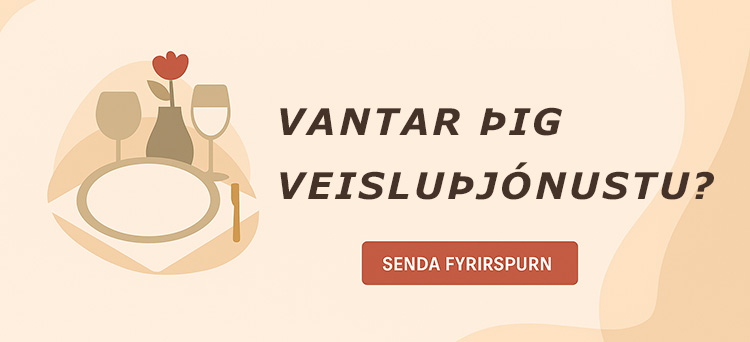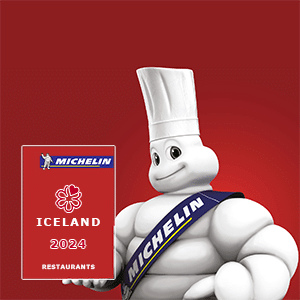Lifid
Must-Have Wines for the Summer Holidays
There are certain universal tendencies for summer wine, holiday or no. Chilled, crisp white wines. The sometimes neglected, even chillier sparkling wines. Rosés. Light reds. And nothing too pricy; we want to make the summer last (hence the neglected bubbly, which can quickly outpace still wines at the cash register); we may even stick to wines by-the-glass when we go out. Heres a holiday-oriented list of wines for your summer by the glass list.
Memorial Day
A holiday to honor and remember those who have died fighting for our country. In the twentieth century, we had two occasions to fight in the winemaking countries of Western Europe. In fact, soldiers who fought in the Italian peninsula during World War II brought back a taste for Chianti and Soave that made those wines the most recognized Italian wines in the U.S. for several decades. Nowadays there are plenty of other Italian wines reaching our shores as well; in fact, Italy is the U.S.s biggest importer, closely pursued by Australia. Di Majo Norante is based in little-known Molise, not Chianti, but their Ramitello blend of 80% Sangiovese (also Chiantis main varietal) and 20% Aglianico speaks with a clear Italian accent. The 2002 provides lots of blackberry and licorice aromas, supported by a touch of leather. Its well-structured, with a rustic touch that suits light-hearted summer weather. ($11)
Shortly after World War II, a new French tradition was born: Beaujolais Nouveau; however, its more notable for its clever marketing than anything else. Fortunately Beaujolais also makes some more interesting wines; Cru Beaujolais, from one of ten authorized villages, reveals the Gamay grapes potential for a balance between fruit, structure, and spice. The 2004 Potel-Aviron Chenas Vielles Vignes is a medium-bodied wine, with notes of cedar, cherry, and chocolate as well as surprising length. It will age well for several years. ($19)
Is it in bad taste to include a wine from what was, in World War I and II, the enemy? If you think so, try to concentrate instead on the good our soldiers did in defeating and liberating Germany. If that doesnt do it for you, the fact that German Riesling is the perfect thing for summer should. The Pfeffingen Riesling QbA Trocken 2004 from Pfalz is a good pick for winedrinkers leery of Germanys tendency for sweetness; its dry and crisp, with peach and grapefruit aromas. Pfalz is one of the countrys more southern wine regions, and the extra warmth gives the wine a bit more body than a Mosel or Rhineland wine. ($15)
Independence Day
The Fourth of July, on the other hand, calls for American wine, and we can do Riesling here as well. In fact, one of the original 13 colonies has been building a reputation for Riesling; New Yorks Finger Lakes have been a home to the grape since the 1960s, when Dr. Konstantin Frank proved it could survive the areas difficult winters. The Ravines Wine Cellars Dry Riesling 2004 looks more to Alsace than Germany; its a muscular, well-focused wine, with pineapple, slate, and mango aromas supported by touches of spice. ($15)
Alternatively, honor our first president on the Fourth by enjoying a wine from the state which bears his name. While Washington is primarily known for its Merlots and Syrahs, they have some well-made white wines well, including Chardonnay and Semillon (and yes, Riesling as well). For that matter, their neighbor Oregon does not have a lockdown on Pacific Northwest Pinot Gris; Columbia Winerys Yakima Valley Pinot Gris 2004 has plenty of melon, citrus, and peach notes; crisp and summery, its more Grigio than Gris in style. ($14)
Rosés make great summer drinking: slightly chilled, refreshing, and not overwhelming on the palate. In fact, sometimes a bit underwhelming. Californias rosés get little respect owing to the success of White Zinfandel in the 80s and 90s. Instead of following in Sutter Homes tracks, some of todays winemakers are looking elsewhere for inspiration on how to think pink. Quivira, for one, has obviously turned to Provence, where rosés from the Mourvedre grape help locals and tourists alike keep cool in the summer sun. The Quivira Mourvedre Rosé 2005 is medium-bodied, with rich cherry and fennel aromas complemented by some floral touches and a firm, dry finish. ($14)
Labor Day
The end of summer; back to work. For winegrowers, the crush the busiest part of the year approaches. But some wines are more labor-intensive than others. Sparkling wine, for one the classic Champagne method is demanding in time, work, and capital, which can account for its expense. Domaine Chandons Non-Vintage Blanc de Noirs is a quality California bubbly which comes in under the $20 mark. Primarily made from the two red Champagne grapes Pinot Noir and Pinot Meunier, it isnt truly blanc but instead sports a light salmon color. With the color comes some delicious red fruit flavors: notes of cherry and strawberry complement fruitcake spices and a touch of brioche, all delivered by a smooth stream of bubbles. ($18)
Sherry, too, takes extra work, capital investment, and a lot of patience; soleras the complicated aging and blending apparatus that makes sherry what it is dont just build themselves. However, most Sherry companies have been around a long time, so they paid off that initial investment many years ago; these days Sherry is one of the best-value wines out there. Fino and Manzanilla Sherries are the best for the summer; the Lustau Solera Reserva Puerto Fino Sherry is crisp and clean, showing plenty of citrus, cashew, and mineral aromas, with a light touch of freshly baked bread. ($13)
Instead of waiting for winter in some cold part of the world to freeze their grapes before they harvest them, Bonny Doon pulls the ripe grapes off the vine and chucks them in the icebox. Voilá theyre ready for pressing with all the sugar, intensity, and concentration that freezing out the water can bring. OK, maybe its not the same as German or Canadian icewine, but it saves a lot of work and money. The result is the Vin de Glaciere; the 2004 is medium-bodied, with well-balance sugar and acidity; its richly flavored with notes of pineapple, apricot, and elderflower. If you see owner and winemaker Randall Grahm relaxing on the beach this summer, now you know how he found the time. ($14)
Di Majo Norante Ramitello 2002
Potel-Aviron Chenas Vielles Vignes 2004
Pfeffingen Riesling QbA Trocken 2004
Ravines Wine Cellars Dry Riesling 2004
Columbia Winery Yakima Valley Pinot Gris 2004
Quivira Mourvedre Rosé 2005
Domaine Chandon Blanc de Noirs NV
Lustau Solera Reserva Puerto Fino Sherry
Bonny Doon Vin de Glaciere 2004

-

 Viðtöl, örfréttir & frumraun4 dagar síðan
Viðtöl, örfréttir & frumraun4 dagar síðanÍsland tók yfir eldhúsið á VOX þegar Sævar Lárusson og Rúrik mættu til leiks
-
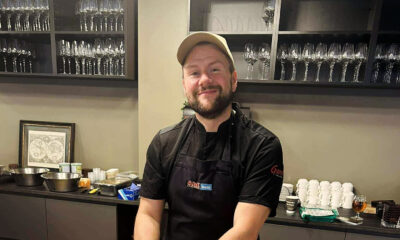
 Nýtt bakarí, veitingahús, fisk- og kjötbúð og hótel2 dagar síðan
Nýtt bakarí, veitingahús, fisk- og kjötbúð og hótel2 dagar síðanSushi staðurinn Majó flytur starfsemi sína í Hof á Akureyri
-
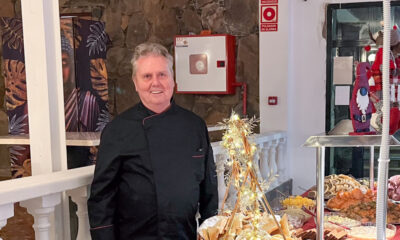
 Viðtöl, örfréttir & frumraun4 dagar síðan
Viðtöl, örfréttir & frumraun4 dagar síðanKristján Örn matreiðslumeistari bauð upp á glæsilegt jólahlaðborð á Gran Canaria – Myndir
-
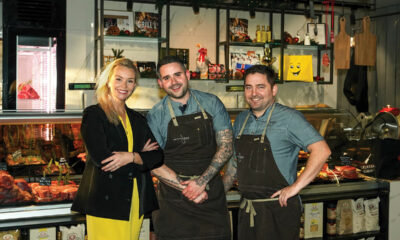
 Viðtöl, örfréttir & frumraun1 dagur síðan
Viðtöl, örfréttir & frumraun1 dagur síðanMeistarakokkar færa sælkeramat í hillur Krónunnar
-

 Nýtt bakarí, veitingahús, fisk- og kjötbúð og hótel3 dagar síðan
Nýtt bakarí, veitingahús, fisk- og kjötbúð og hótel3 dagar síðanNýtt bakarí í undirbúningi á Öskjureitnum á Húsavík
-
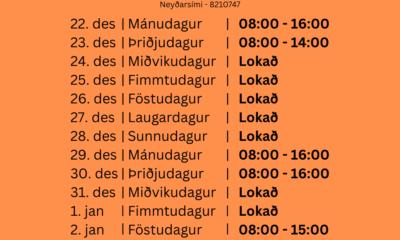
 Markaðurinn3 dagar síðan
Markaðurinn3 dagar síðanRMK heildverslun: Opnunartími yfir hátíðarnar
-
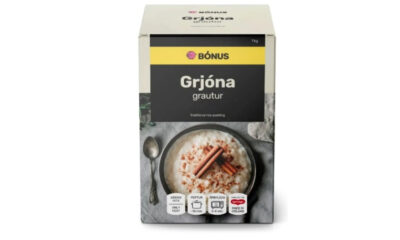
 Frétt4 dagar síðan
Frétt4 dagar síðanAðskotahlutur í Bónus grjónagraut – Matvælastofnun varar við neyslu
-

 Keppni2 dagar síðan
Keppni2 dagar síðanCoffee & Cocktails hreppti 1. sætið í Old Fashioned keppninni


